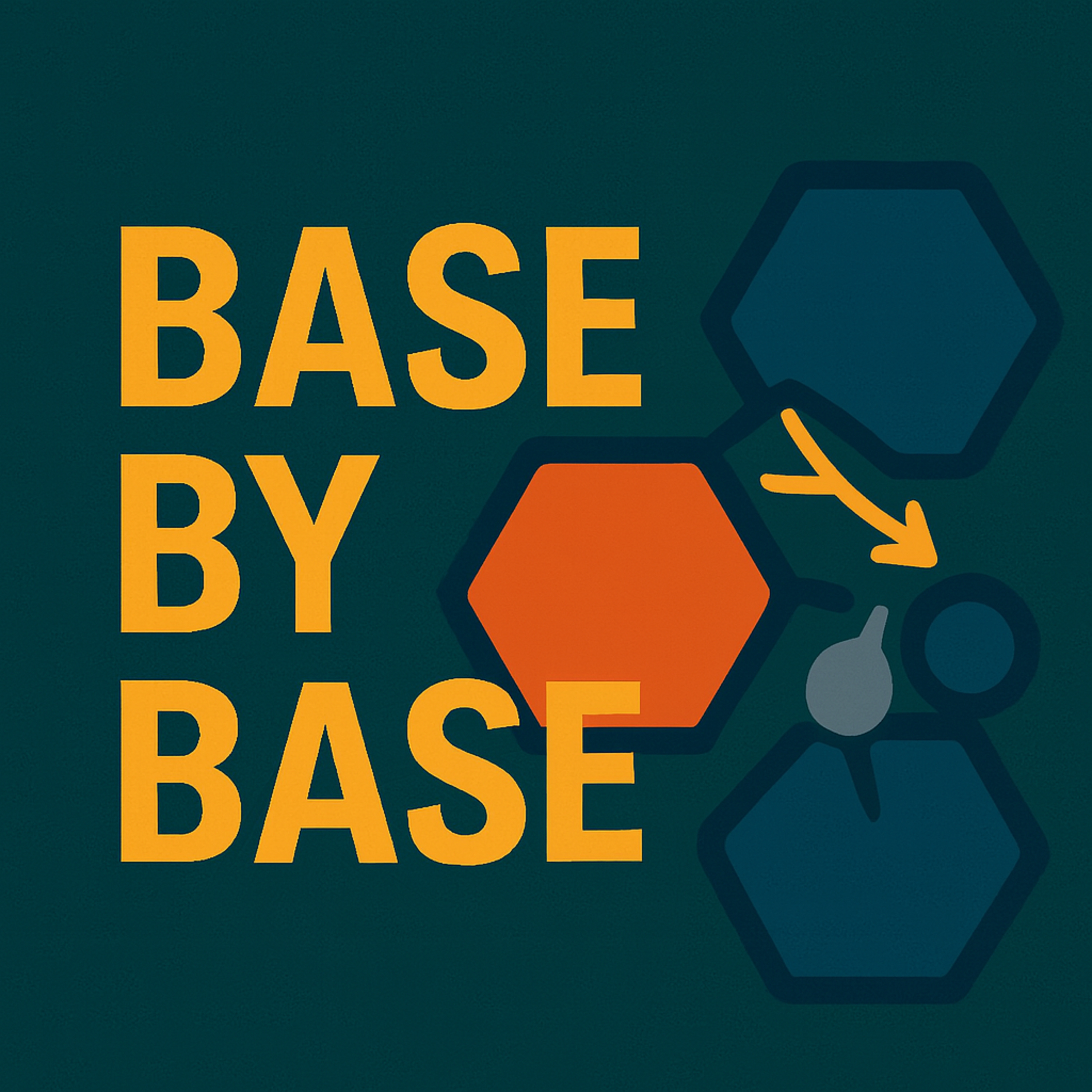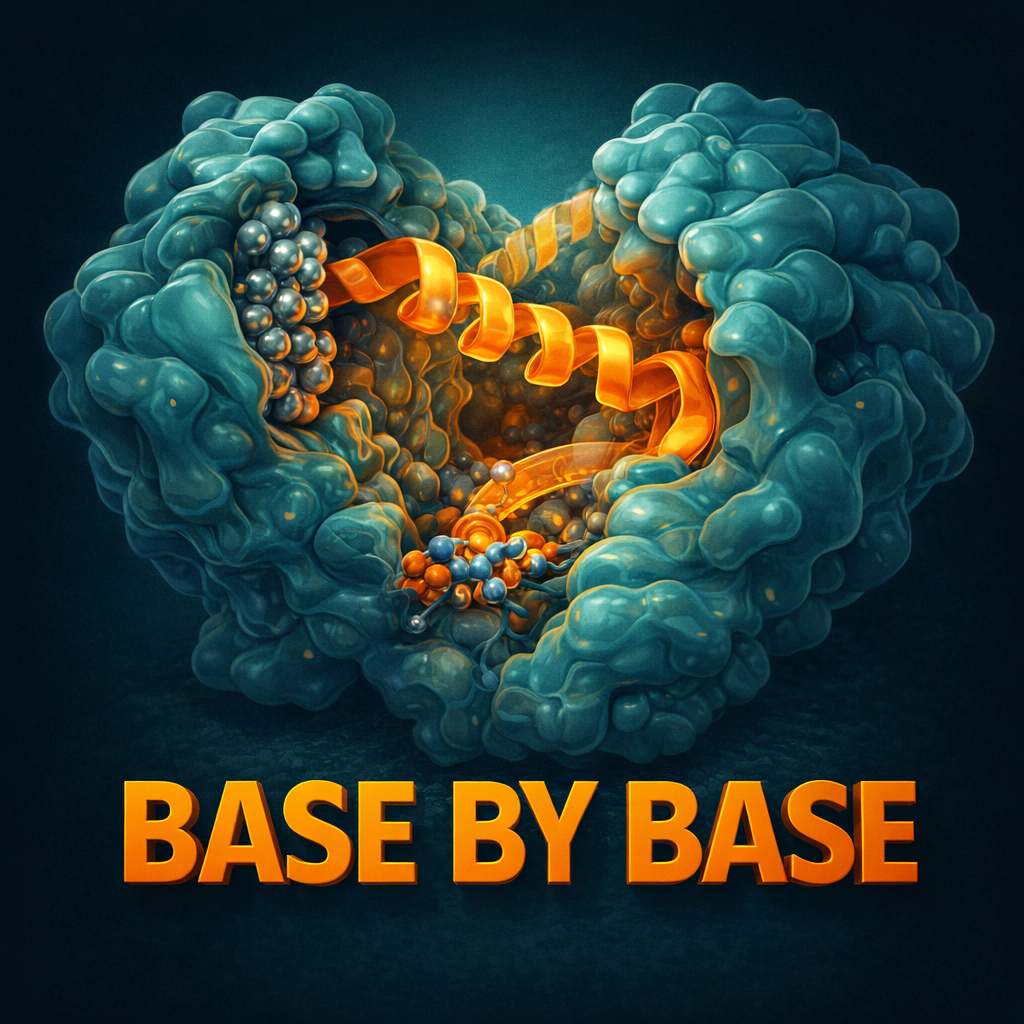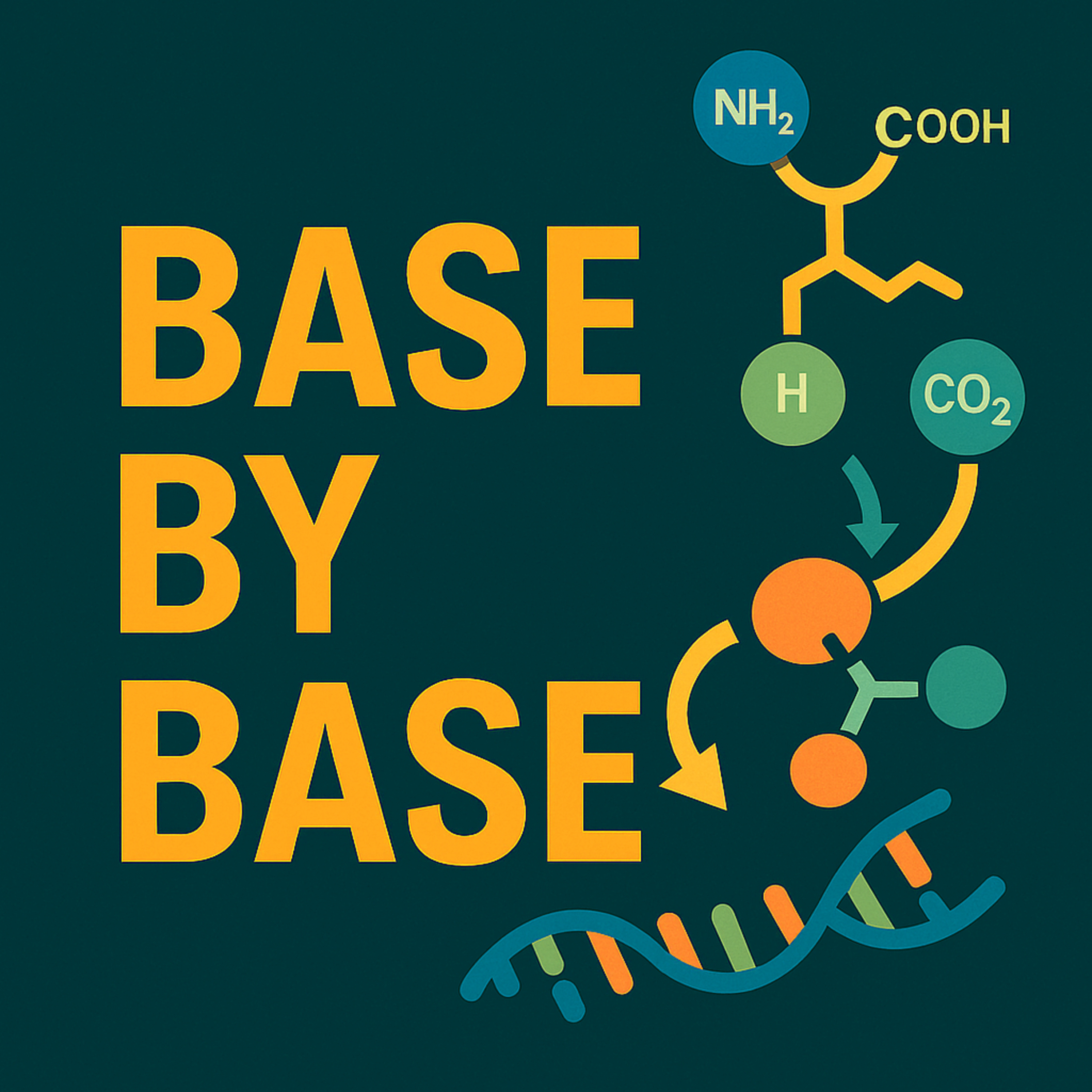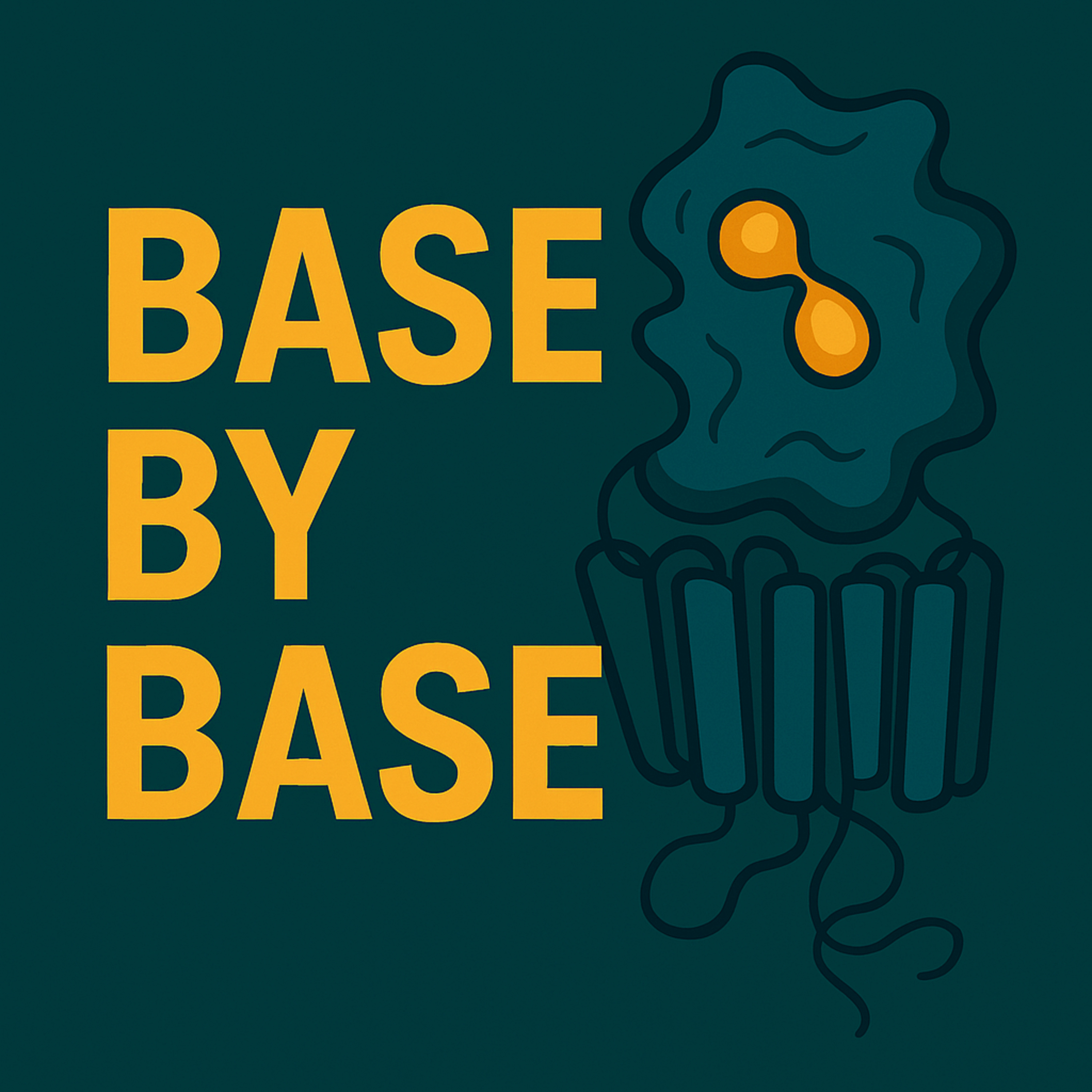Show Notes
️ Episode 58: Aneuploid Cells and Cellular Battles — How Cell Interactions Shape Genome Integrity
In this episode of Base by Base, we explore a groundbreaking study by Fusari et al. (2025), published in Cell Genomics, that reveals how the fate of aneuploid cells is influenced not only by their own genetic imbalances but also by their neighbors. Using Drosophila models, the authors dissect the role of cell-to-cell interactions in eliminating cells with chromosomal losses or gains, uncovering a nuanced landscape of cellular competition driven by gene dosage sensitivity.
Study highlights:
Segmental monosomies as small as a few hundred genes can impair clonal growth and trigger competitive elimination, even in regions without known haploinsufficient genes.
Segmental trisomies of up to 1,500 genes generally do not impair growth — and in some contexts, actually promote overgrowth when juxtaposed with monosomic cells.
The effects of aneuploidy are not solely cell-autonomous: when monosomic and trisomic clones share the same genomic region, their interactions can enhance or suppress deleterious outcomes.
Different types of cell competition emerge depending on the gene content of the aneuploid region — including “lethal competition” (e.g., involving RpL26) and “super-competition” (e.g., involving flower, Diap1, Notum).
Trisomic clones can either exacerbate monosomy-induced cell death or, paradoxically, support the growth of nearby underperforming cells via compensatory mechanisms.
Conclusion:
This study challenges the classical view of aneuploidy as uniformly deleterious. By revealing how genomic content and cellular context shape the behavior of chromosomally unbalanced cells, Fusari et al. provide a powerful model for understanding how mosaicism is resolved in development — and potentially targeted in disease. The findings pave the way for new strategies in cancer biology, regenerative medicine, and developmental genetics.
Reference:
Fusari, E., Muzzopappa, M., Gracia, J., & Milán, M. (2025). Depletion of aneuploid cells is shaped by cell-to-cell interactions. Cell Genomics, 5, 100894. https://doi.org/10.1016/j.xgen.2025.100894
License:
This episode is based on an open-access article published under the Creative Commons Attribution 4.0 International (CC BY 4.0) – https://creativecommons.org/licenses/by/4.0




